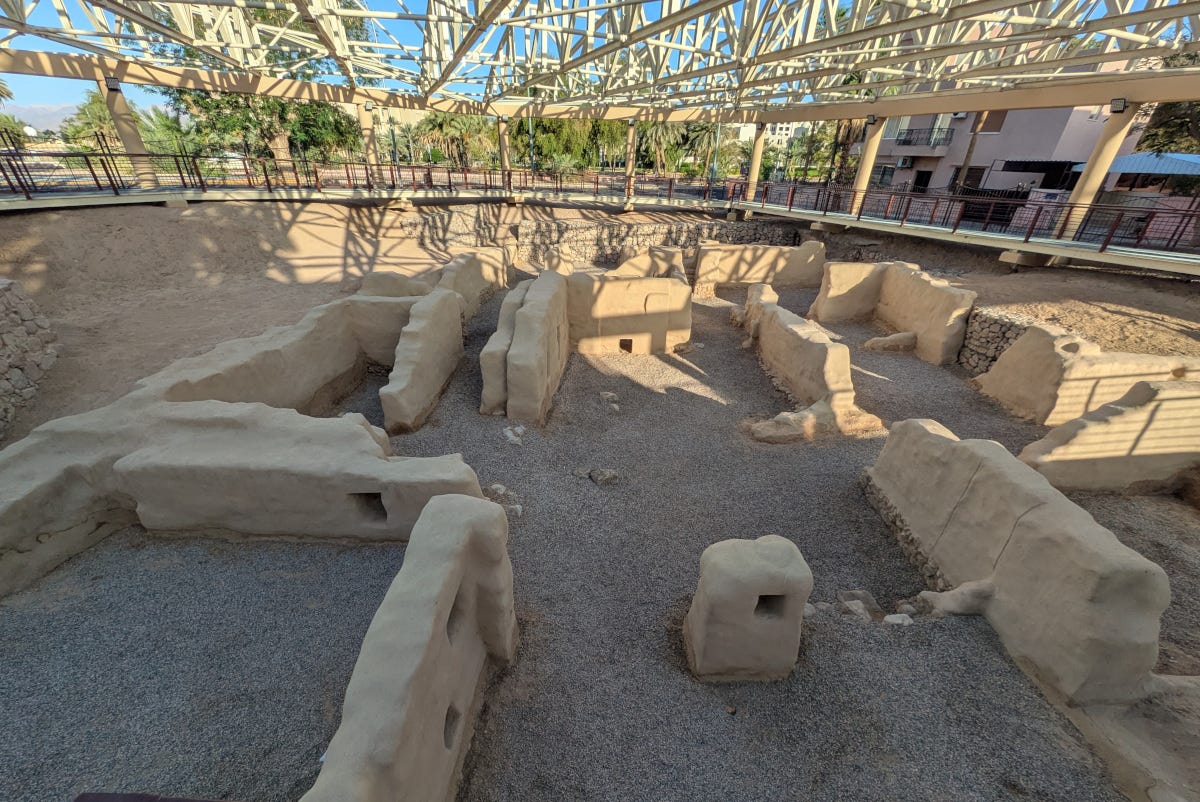Jordan develops archaeological site of world’s oldest purpose-built church
Ancient foundation located near beachside hotels on Gulf of Aqaba
With little fanfare, Jordan’s Department of Antiquities has developed an archaeological site offering Christian pilgrims and other tourists a close-up view of the remains of one of the oldest buildings of Christianity.
The site, known as the Aqaba Church, showcases the foundation of what …



